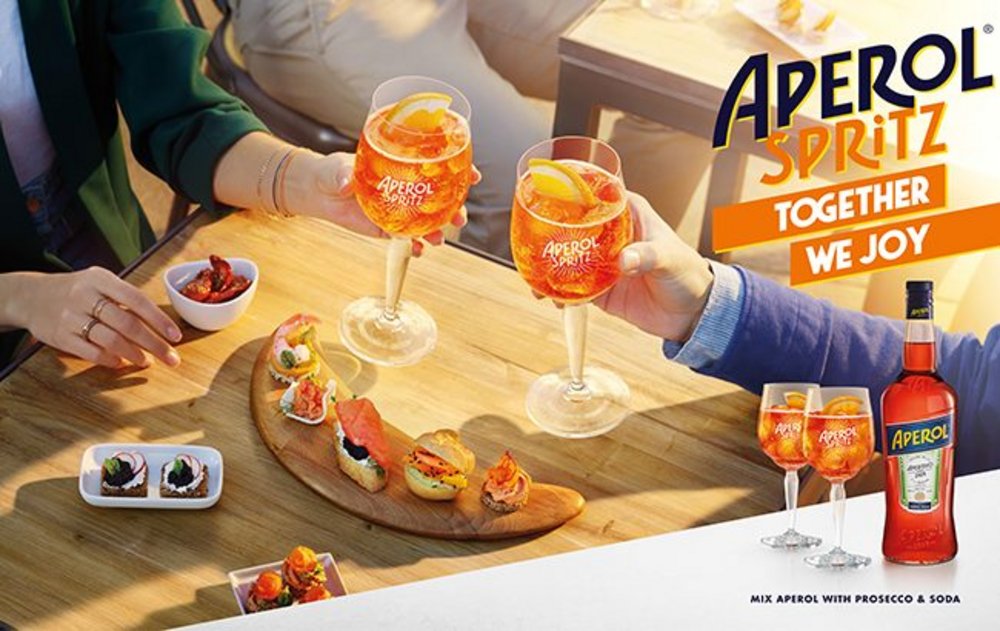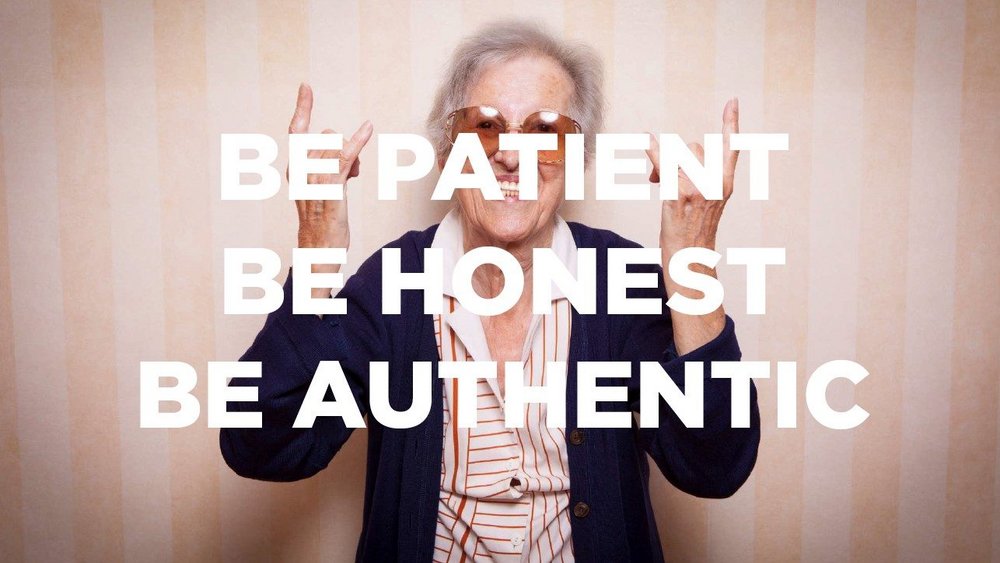How joy became the brand buzzword of 2019 /
Wildfire account director Alex Warren on the companies jumping for joy and what it takes for a brand to successfully own a feeling

It may sound pessimistic, but I’m not a fan of joy. Not so much joy as an emotion, but joy as a marketing term.
In the last twelve months ‘joy marketing’ has exploded, with brands across all variety of sectors adopting the J-word in their mission statements, slogans and brand characteristics. Just Eat tells us of the ‘joy of the takeaway’, Cupcake Vineyards asks us to ‘choose joy’, Aperol believes that ‘together we joy’, Domino’s ‘owns the emotional territory of joy’. Joy marketing is everywhere.

And it’s not just food and drink brands that are getting in on the action. Halifax recently told us all of the “joy of that new home feeling”, while fintech companies tell us of the “joy of digital banking”. Even Citibank has taken a trip to Joyville with its “moments of joy” pop-up customer experiences.
While it’s nice to see so many brand managers feeling joyous about their products and services, it’s hard not to wonder whether this is all adding much value to these brands.
If everyone is ‘owning the emotional territory of joy’, then is anyone really benefiting as a result? Does joy really differentiate Domino’s fast-food delivery service if Just Eat is telling the world that it ‘owns’ the exact same emotion?
Even more importantly, are these brands really being honest with themselves? Sure, a late-night takeaway might bring customers genuine joy, but does an online financial transaction with a major banking institution really stimulate the same response?
Of course, it’s easy to see why so many brands are keen to jump on the idea of joy as the basis for their marketing campaigns. As a sentiment, it ticks a lot of boxes. It’s positive, it’s emotive, it implies an experience-first approach, and it’s also very personable, capturing that ‘human element’ that has become so fashionable in 2019. The only problem is, if it’s not authentic, then the associations with your brand won’t be strong enough, and people simply won’t remember it.
So just who has that authenticity? Who – if anyone – is doing joy marketing well?
To my mind, there’s only one brand that has truly owned and encapsulated the concept of joy and that’s Cadbury.

For more than ten years, Cadbury has focused all elements of its marketing mix around the idea of creating feelings of joy. To name just a few of Cadbury’s recent campaigns, we’ve had the Joy Generator, the Cadbury Christmas Joy Squad, the Dairy Milk Joy Wagon, What Brings you Joy, Joy Deliveries, The Joy of Puddles, James Corden Frees the Joy and the Joy of the Everyday.
What has Cadbury done to get this right? Is it really just as simple as adding the word joy to the names of their marketing campaigns?
For me, there are three things that make Cadbury stand out above the rest:
1. They’ve been patient. Cadbury has spent more than 10 years focusing on the concept of joy and building that feeling into every interaction its customers have with the brand. That level of commitment doesn’t come easily. In fact, even Cadbury has struggled to maintain consistency, announcing that it was dropping joy on four separate occasions, only to return to the theme almost immediately. Such a long-term investment in a single idea may feel counterintuitive to the fast-paced nature of modern marketing, but it’s exactly what brands need to effectively associate their products with an emotional concept in the mind of their audiences.
2. They’ve stayed honest. For most of us, the idea that complex financial service products don’t spark emotional joy is obvious. But for marketers who have become completely wrapped up in their own brand bullshit, it becomes impossible to see the wood for the trees. Sometimes, you just have to be honest about what your brand does, and often that means calling upon outside perspectives that aren’t caught up in the world of marketing. Those who are closest to the brand are often the worst placed to tell you how a company is actually perceived.
3. They are authentic. Cadbury’s association with joy doesn’t just feel authentic — it is authentic. Cadbury chocolate does bring a lot of people joy. Through patience and honesty, Cadbury has created a brand that is genuinely valuable, and in order to make something valuable you need to devote a lot of energy and a lot of time to it.

For marketers that follow these steps, joy doesn’t have to be a buzzword. Anyone can build a brand around any emotion, as long as they’re patient, authentic and honest with the emotion they choose.
Warren initially presented the content of this blog as a talk at the Contagious Summer Bootcamp event.
Want more of the same? /
We don’t just write about best-in-class campaigns, interviews and trends. Our Members also receive access to briefings, online training, webinars, live events and much more.







